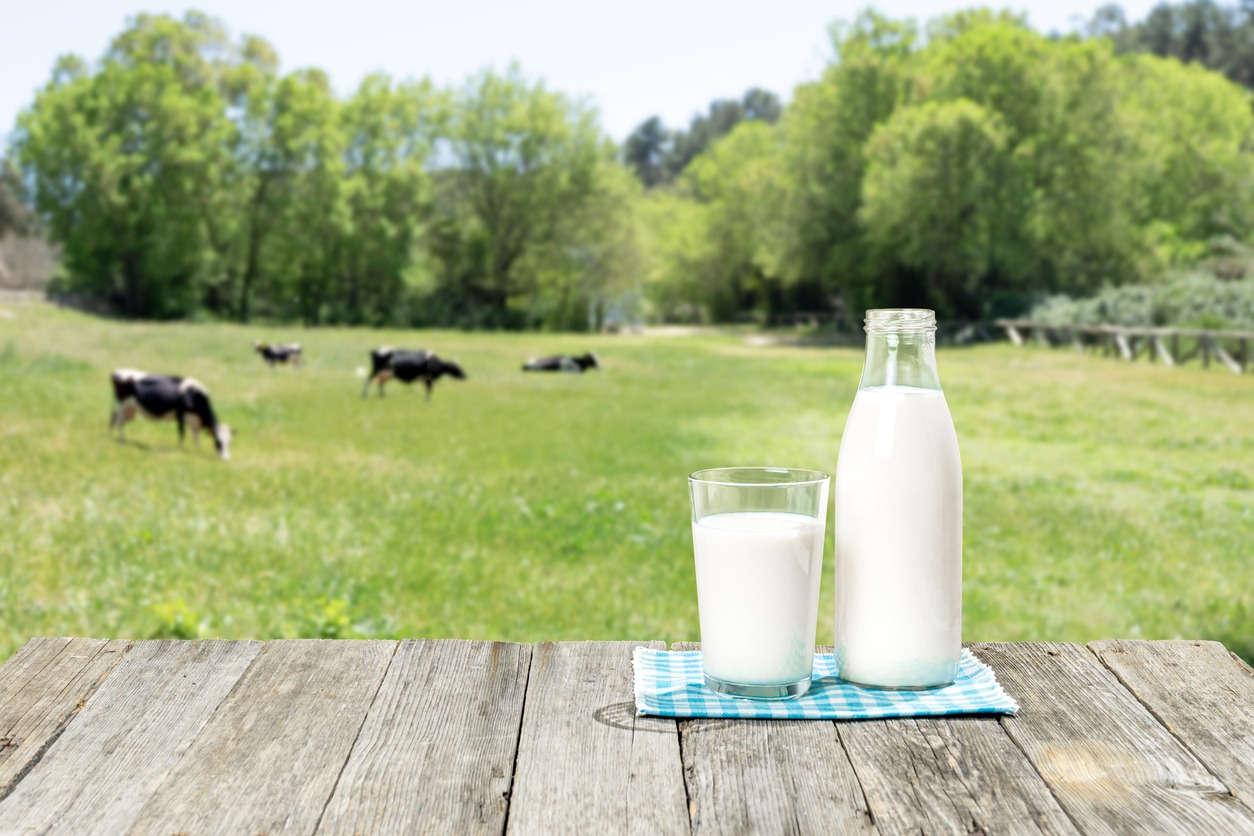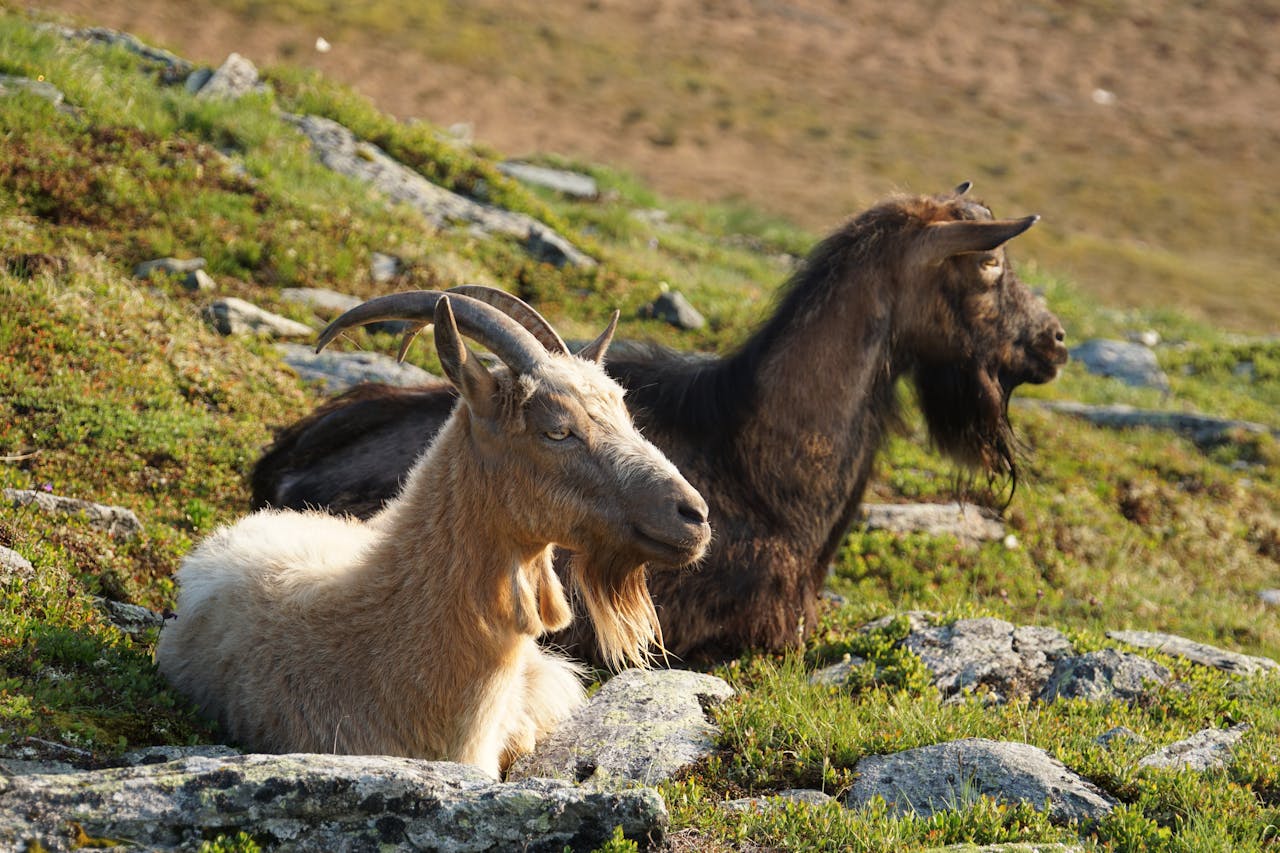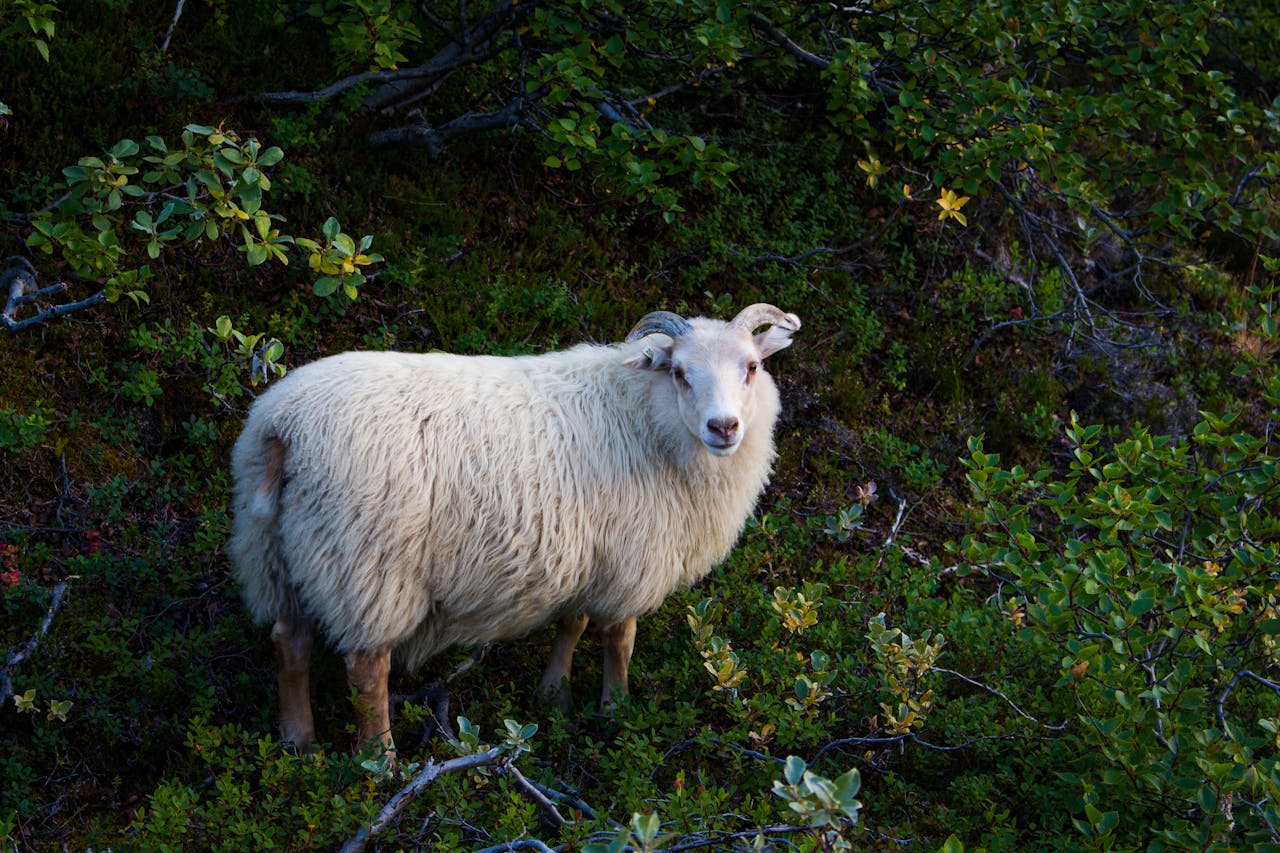Different Types of Dairy Animals for Your Homestead

Homesteading is all about creating a sustainable and rewarding way of life. One of the best ways to take your homestead to the next level is by adding dairy animals. They’re more than just a source of fresh milk—they bring a sense of purpose and fulfillment to your daily routine, not to mention the satisfaction of making your own cheese, yogurt, or butter.
However, choosing the right dairy animal isn’t always straightforward. Whether you’re dreaming of a cow grazing in your pasture, a playful goat nibbling at the brush, or a small flock of sheep grazing quietly, the decision depends on your space, needs, and goals. In this guide, we’ll explore the different options—cows, goats, and sheep—and help you figure out which one fits best into your homesteading plans.
Factors to Consider When Choosing a Dairy Animal
Selecting the right dairy animal starts with understanding your goals and resources. Homesteading is not one-size-fits-all, so the best choice for you depends on factors like property size, time availability, and your family's specific dairy needs.
- Property Size: Larger animals, such as cows, require substantial grazing areas and space for housing. If your property is small, consider goats or sheep, which thrive in compact setups. For example, two or three goats can comfortably live in the space required for one cow.
- Milk Production Needs: If you have a large family or plan to sell surplus milk or dairy products, a dairy cow might be your best bet, as it produces more milk daily than goats or sheep. However, for smaller households, a goat or a small flock of sheep can provide enough milk without the risk of waste.
- Feeding and Costs: Feeding dairy animals can be expensive, so consider the availability of hay, grain, and pasture in your area. Goats and sheep are more cost-effective, as they require less food and can graze on land unsuitable for cows.
- Labor and Time Commitment: Milking is a daily task, and larger animals often require more time and effort to manage. Goats and sheep are easier to handle for beginners or homesteaders with limited time.
- Dairy Products: Your choice of animal can also depend on the products you want to create. Sheep’s milk, for example, is ideal for making specialty cheeses, while cow’s milk works well for butter and cream. Goats’ milk is a versatile choice, particularly valued for its digestibility and suitability for yogurt.
By carefully weighing these factors, you’ll be well on your way to selecting a dairy animal that will fit seamlessly into your homestead.
Dairy Cows
Dairy cows are a staple of traditional farming, known for their high milk production and ability to support larger households or small-scale commercial dairy operations. They’re an excellent choice for homesteaders with ample space and resources.
Popular Dairy Cow Breeds:
- Holstein: These iconic black-and-white cows are the top producers in the dairy world. A Holstein can provide up to 23,000 pounds of milk annually, making them ideal for families who need a high volume of milk for drinking, cooking, or selling.
- Jersey: Smaller than Holsteins but just as productive in their own way, Jersey cows produce milk with high butterfat content, perfect for making butter, cream, and rich cheeses. Their docile nature also makes them easier to manage.
- Guernsey: Known for their golden-tinted milk, Guernsey cows are a unique choice. The milk’s high beta-carotene content offers additional health benefits and a distinct color that makes it appealing for artisanal dairy products.
- Brown Swiss: One of the oldest dairy breeds, Brown Swiss cows produce milk with a higher protein content, making it an excellent choice for cheesemakers. They are also hardy and adaptable to different climates.
- Ayrshire: These efficient grazers thrive on grass, making them a good fit for homesteaders who rely on rotational grazing systems. They produce well-balanced milk with good protein and butterfat levels.
Challenges and Solutions
Raising dairy cows requires significant investment in both space and feed. Ensure your property has enough grazing land and shelter to accommodate their size. Additionally, cows need a consistent milking schedule, usually twice a day, which can be demanding. If you’re worried about the time commitment, consider sharing the milk with the calf, reducing the amount you need to collect each day.
Sustainability Tip
Dairy cows contribute more than milk to your homestead. Their manure can be composted to enrich your garden soil, and rotational grazing improves pasture health over time.
Goats

For homesteaders with limited space or resources, goats are an attractive option. They’re smaller, easier to handle, and capable of producing enough milk for a family without overwhelming you with a surplus.
Popular Dairy Goat Breeds:
- Nigerian Dwarf: Despite their small size, Nigerian Dwarf goats are prolific milk producers. Their milk is sweet and high in butterfat, making it perfect for cheeses, soaps, and lotions.
- Nubian: Recognizable by their long, floppy ears, Nubians are friendly and produce rich, creamy milk. Their high butterfat content makes their milk ideal for dairy products like yogurt and cream cheese.
- Saanen: Often referred to as the "Holsteins of goats," Saanens are renowned for their high milk yield. These large, calm goats adapt well to cooler climates and are an excellent choice for those who want a reliable, productive dairy animal.
- Alpine: Hardy and adaptable, Alpine goats are versatile producers. They thrive in a variety of environments and offer consistent milk production with moderate butterfat content.
Challenges and Solutions
Goats are curious and intelligent, which makes them prone to escaping enclosures. Invest in secure fencing to prevent unwanted adventures. They’re also social animals, so it’s best to keep at least two goats to ensure their happiness and well-being.
Sustainability Tip
Goats are excellent for brush control, turning overgrown areas into usable land. Their ability to graze on diverse vegetation makes them a natural choice for homesteads aiming to improve land quality.
Sheep

Sheep are often overlooked as dairy animals, but they’re a great choice for homesteads seeking versatility. In addition to milk, they provide wool and meat, making them a triple-purpose animal.
Popular Dairy Sheep Breeds:
- East Friesian: Considered the gold standard for dairy sheep, East Friesians produce a large volume of milk with a creamy consistency, perfect for making artisanal cheeses.
- Lacaune: This French breed is the backbone of Roquefort cheese production. Their milk is rich in solids, making it ideal for high-quality dairy products.
Advantages:
- Efficiency: Sheep require less feed and space than cows, making them an economical choice.
- Multi-Purpose Benefits: Along with milk, sheep provide high-quality wool and meat, adding more value to your homestead.
Challenges and Solutions
While sheep produce less milk per session than cows or goats, their milk is richer in solids, meaning you need less to make cheese or yogurt. Their smaller size also makes them easier to handle but ensures they have adequate protection from predators.
Sustainability Tip
Sheep integrate well into rotational grazing systems, improving soil fertility and pasture quality. Their droppings are smaller and break down quickly, enriching the land without overwhelming it.
Preparing Your Homestead for Dairy Animals
Proper preparation is essential to ensure your dairy animals thrive. Here are the basics:
- Housing: Build a shelter that is clean, dry, and well-ventilated. Sturdy walls and secure doors are critical to protect your animals from predators and harsh weather.
- Fencing: Invest in quality fencing tailored to your chosen animal. Goats need tall, strong fences, while cows require wider spaces to roam.
- Feeding: Stock up on hay, grain, and minerals. Supplement grazing with high-quality feed to ensure optimal milk production.
- Milking Equipment: Choose between hand milking tools or a machine, depending on the size of your herd. Maintain strict hygiene to keep milk clean and safe.
Milking and Processing Techniques
Milking is an art and a science. Whether you choose hand or machine milking, practice makes perfect.
- Hand Milking: Use a gentle downward motion, applying even pressure. It takes time to master but requires minimal equipment.
- Machine Milking: Ideal for larger herds, though it requires an upfront investment. Machines can save time and reduce physical strain.
After milking, strain and cool the milk immediately. Explore making cheese, yogurt, or butter to maximize the value of your milk.
Conclusion
Adding dairy animals to your homestead is a big step, but it’s one that brings incredible rewards. There’s something special about collecting fresh milk each day, knowing exactly where it came from and what went into producing it. Whether you decide on a dependable dairy cow, a versatile goat, or a multi-purpose sheep, each animal offers its own unique benefits.
The key is to start small, plan carefully, and learn as you go. Every homestead is different, and finding the right fit may take time—but the journey is just as rewarding as the results. So go ahead and take that step toward self-sufficiency and sustainability. With the right dairy animal, your homestead can become an even more fulfilling and productive place to live.




